The first impression you get while visiting the exhibition I/O/I. The Senses of Machines is that you're on a playground of the future. In the current times, as the curators explains, "technology enables us to make ever more complex machines, leading to more sophisticated interaction with them". But this "playground of the future" is more than an interactive exhibition; it allows us to think on the relationship between men and machines in a different way, generating new experiences of dialogue.
I/O/I. The Senses of Machines [Interaction Laboratory] is a follow-on from the previous activity, Fabrication Laboratory. And we can talk, in fact, about the expanded concept of the term "laboratory", that is consolidated here through the specific features of the activity. As a laboratory, is interesting to remark that all the machines or mechanic pieces are involved in a process of constant change—the prototypes are repaired right here, before the visitor's eyes; always evolving, always in constant change.
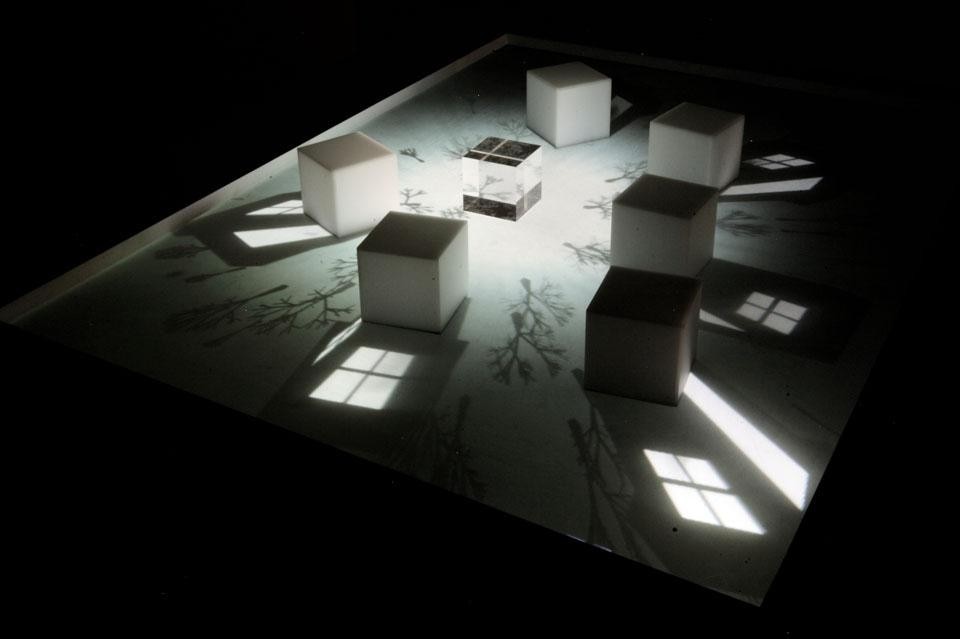
Above: Augmented Shadow, © Joon Y. Moon.
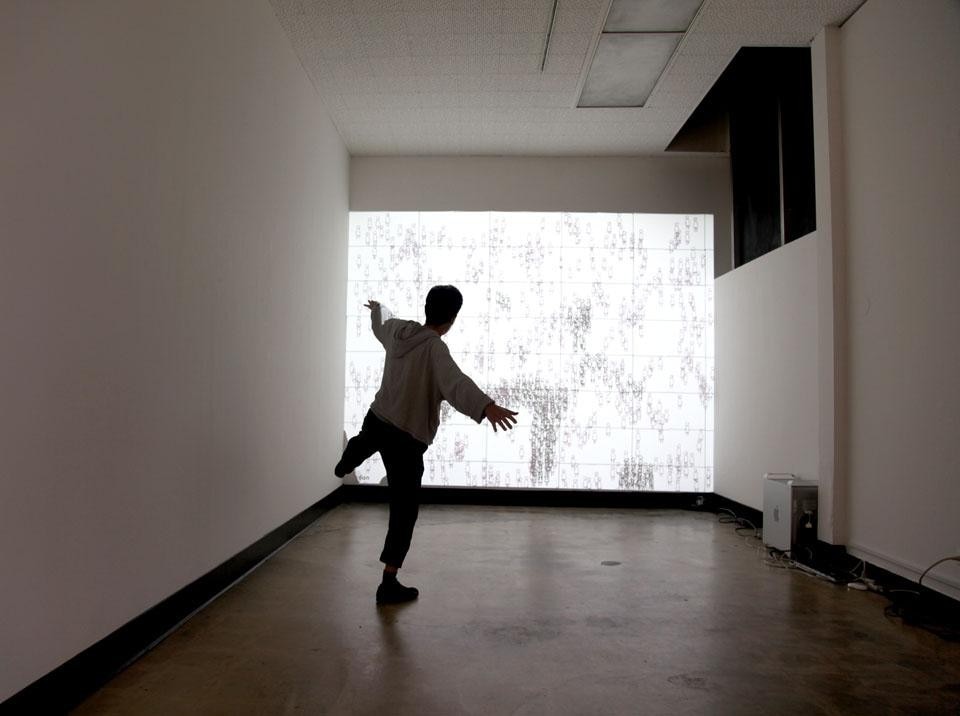
"Thus the initial pleasure of the public is the spontaneous one of seeing coincidences work perfectly. This gradually creates in them, when moving around physically and mentally in this world of ideas, an even more intense and subtle emotion: the awareness of the elegance of the idea and methods, and the greatness, infinitely open, of the game."
But at the end, the real meaning of the exhibition is not only focused on technology but in our current relationship with it...
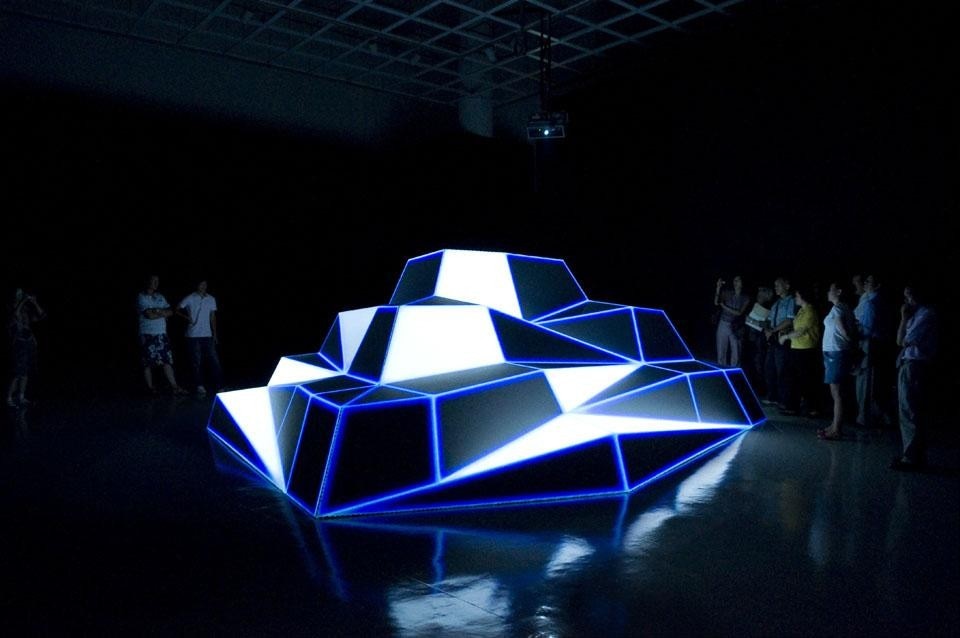
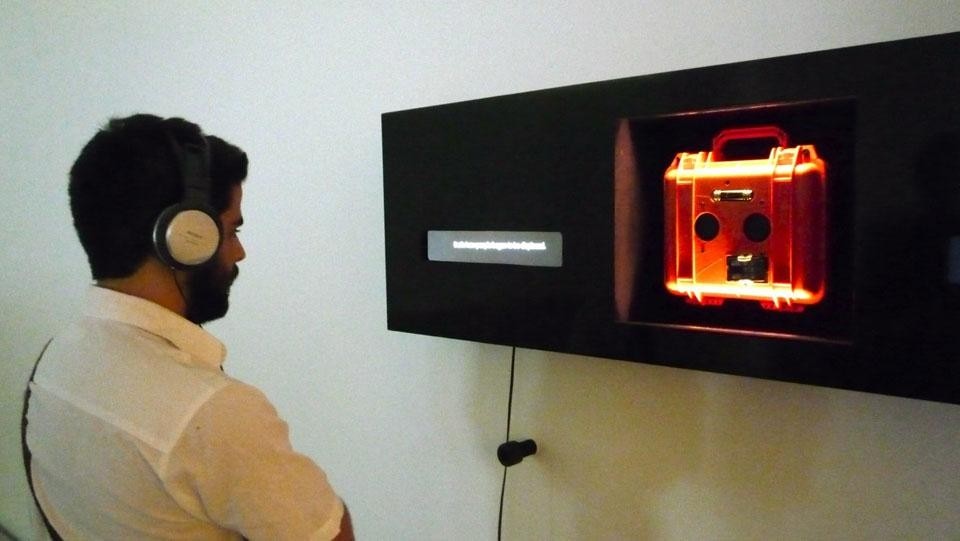
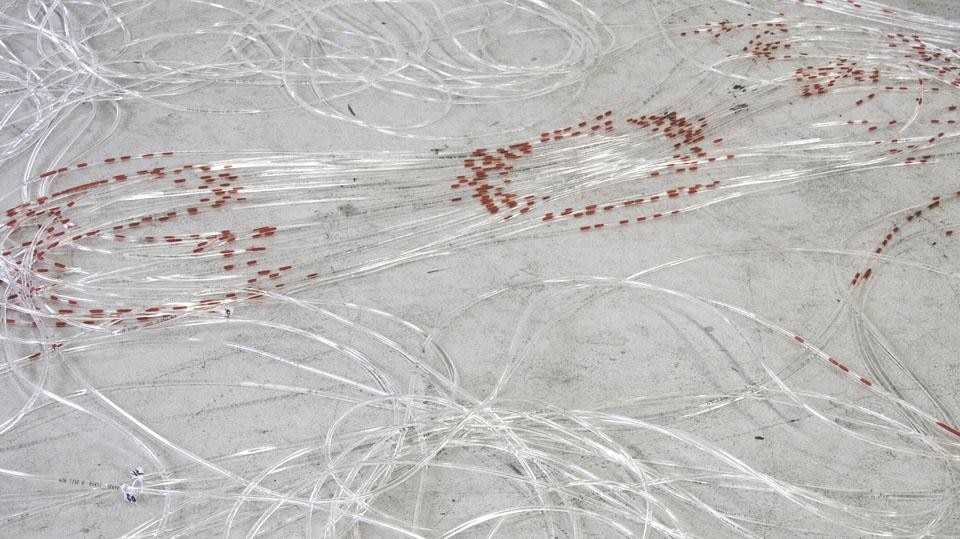
[1] Theory and Design in the First Machine Age. Reyner Banham, MIT Press, 1960.
[2] "Mathematica: A World of Numbers… and Beyond". An interactive exhibition originally at the California Museum of Science and Industry, March 1961.
[3] "From the Eames Studio." Article published in Domus 402, May 1963.
I/O/I. The Senses of Machines
DHUB
Montcada, 12
Barcelona
From 10 June 2011 to 15 January 2012


